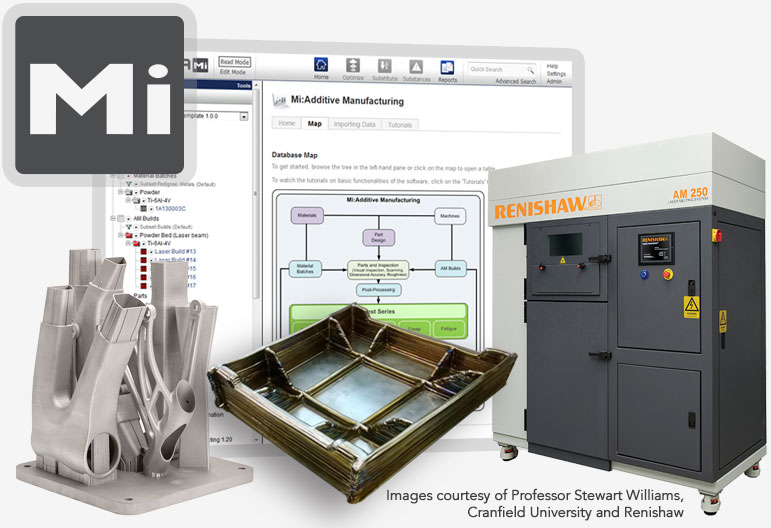Granta Announces Software Solution for Additive Manufacturing Data

Granta’s new additive manufacturing solution intends to link information from every point in the 3D printing process.
Latest News
March 4, 2015
Any type of manufacturing generates massive amounts of data that can be difficult to sort through and used in a meaningful manner. Because it offers a chance at building highly complex geometric objects, employing a variety of materials, additive manufacturing (AM) offers its own specific type of information management problems.
Granta has been providing information management tools to industry since it was first spun off of Cambridge University in 1994. The company’s newest offering is Granta MI: Additive Manufacturing, which focuses on material and process management for 3D printing. The solution is based on Granta MI materials information management software.
 Granta’s new additive manufacturing solution intends to link information from every point in the 3D printing process.
Granta’s new additive manufacturing solution intends to link information from every point in the 3D printing process.“MI: Additive Manufacturing combines our core strength in materials information management with practical knowledge of additive manufacturing data gained from our collaborative projects, and work with some of our leading customers,” says Dr. Patrick Coulter, chief operating officer at Granta Design. “The great news is that this will allow us to help many other customers who have expressed an interest in additive manufacturing, and have been asking us for a solution to manage their data in this area.”
According to the company, Granta MI: AM begins information gathering at point of build, importing logfiles directly from AM systems. Logfiles include data about process parameters and extracted logged data for specific builds. That information is linked with materials information used to complete the build, along with testing and inspection results.
From there, the data can be used in simulations and be used for statistical analyses that determine mechanical properties. Gathered information can be accessed by everyone involved in a project, from the technicians on the manufacturing floor, to the engineers at design workstations. Granta lists the following as information gathered by its new solution.
- Material details—suppliers’ data on properties, material batch data, cost
- Machine and calibration details—configured for your preferred machines
- Build data—powder or wire build parameters, laser properties, in-process analysis data…
- Characterization data from parts—specimen details, microstructure, porosity, tensile tests, residual stress data, creep data
- Simulation data—input data for simulation, simulation parameters, output data for use in further analysis
Source: Granta
Subscribe to our FREE magazine, FREE email newsletters or both!
Latest News
About the Author
John NewmanJohn Newman is a Digital Engineering contributor who focuses on 3D printing. Contact him via [email protected] and read his posts on Rapid Ready Technology.
Follow DE





